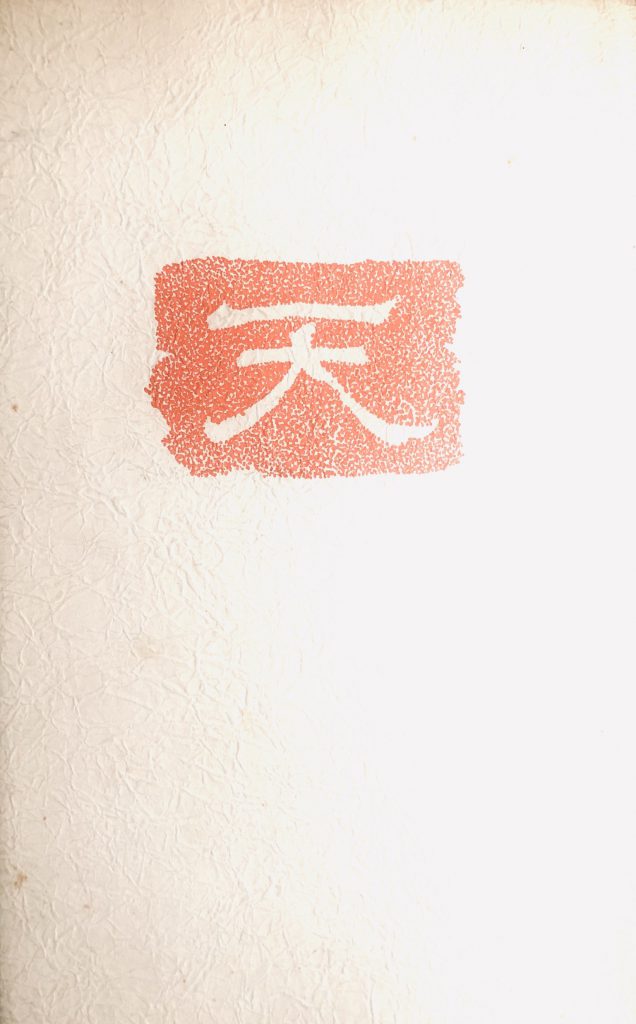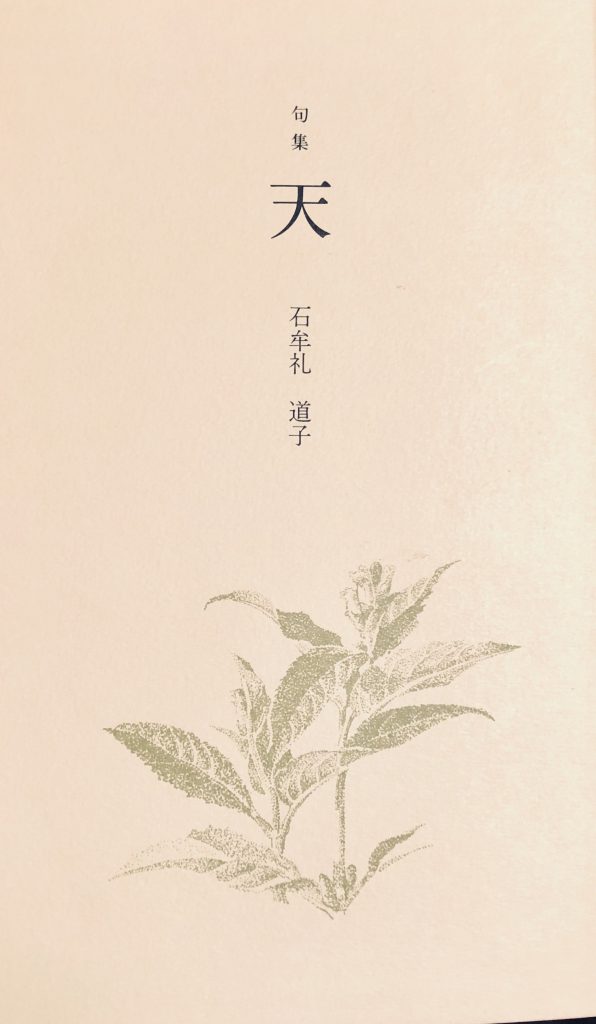The sixth Ishimure Michiko Reading Group was held on September 14, 2020 at 3 p.m. Shiho Maeshima (The University of Tokyo), Ching-yuen Cheung (The University of Tokyo), Yusuke Yamada (Daito Bunka University), Mizuki Uno (The University of Tokyo), Akihiro Miyata (The University of Tokyo), and Hanako Takayama (The University of Tokyo) participated in this session. This time, Hanako Takayama gave a brief report based on the following supplementary articles.
・石牟礼道子「この世がみえるとは——谷川雁への手紙」(1964年9月執筆)、『石牟礼道子全集・不知火』第1巻、藤原書店、2004年、242-244頁。
・石牟礼道子「高群逸枝との対話のために——まだ覚え書の「最後の人・ノート」から」(『無名通信』3号、1967年9月、および『無名通信』5号、1968年3月)、同上、290-299頁。
・森元斎『国道3号線』第3章「炭鉱と村」、共和国、2020年、115-173頁。
What I wanted to reconsider after the first EAA online workshop, Opening the World of Ishimure Michiko, were the conditions under which Ishimure was writing in the 1970s. In the previous workshop, Masahisa spoke to the fact that Ishimure was inspired in her desire to create by Gan Tanigawa, who wrote Genten-ga-sonzai-suru while working with the Circle-mura. In fact, Ishimure herself said that she participated in the communist party to which Tanigawa belonged because she wanted to be a poet. On the other hand, the genealogy of the second part of Kugai Jodo is rather more complex than that of the first part. For example, there are no remarks on Circle-mura but rather remarks on Kumamoto Fudoki. Confirming that both Ishimure and Tanigawa were called zanto, the remnants of the party, I saw how Ishimure felt alien, not only to the communist party but also to the Circle-mura in the 1960s. I pointed out Tanigawa was also changing his attitude toward the community, moving from one circle to another collective and creating Taisho-Kodo-tai. Here we can see how Ishimure and Tanigawa were changing through trial and error, which vividly mirrors the social dynamics of the time. After seeing the cooperation of Eishin Ueno and Kazue Morisaki in Henkyo, I suggested that Ishimure’s struggle in her quest for ideal community should be analyzed from the viewpoint of the relationship between the communist party and the literature of the time.


We only brainstormed a rough-sketch presentation, but we were able to discuss the presence of Kyoji Watanabe and the different attitudes towards ‘hometown’ between Ishimure and Tanigawa. We also talked about Ishimure’s early tanka activity and haiku writing in 1970-1980s. The question of mura, village, in Tanigawa was remarked on in the context of his rereading of Kenji Miyazawa.
An important question regarding polyphony in Ishimure’s text was clarified; that is, we could not simply attribute this polyphony to several combinations of different styles of text. We must also rethink the meaning of her creation of poetry by reading texts other than Kugai Jodo.
Reported by Hanako Takayama (EAA Project Assistant Professor)








